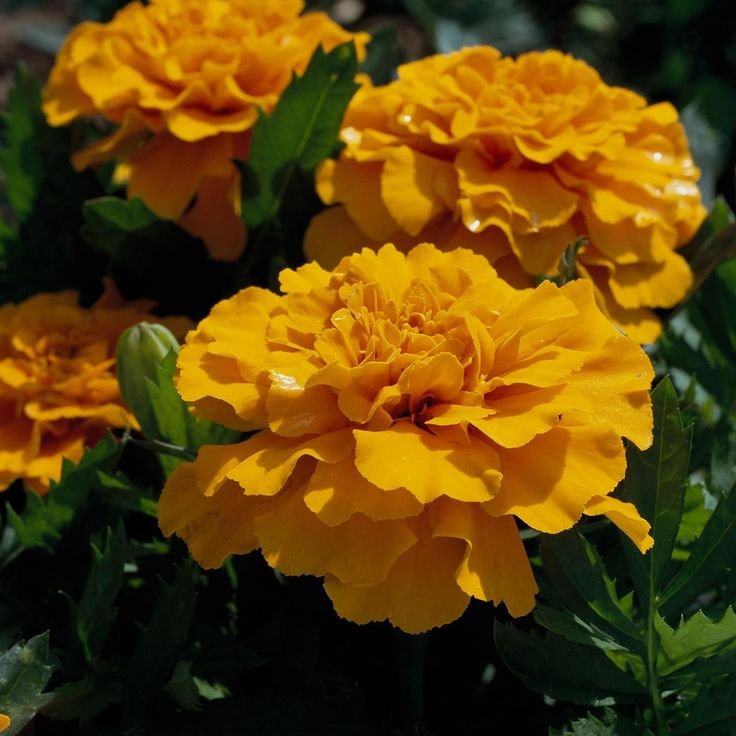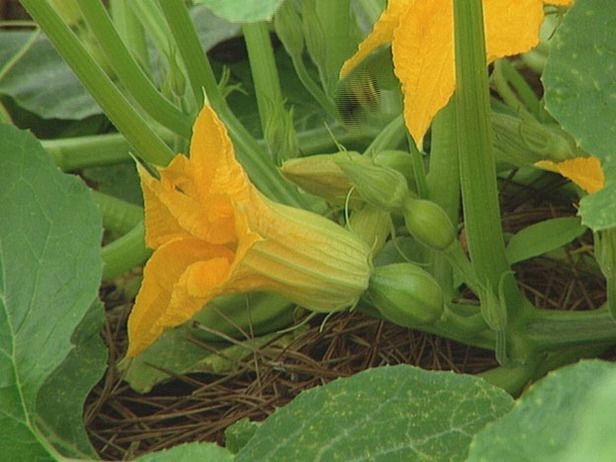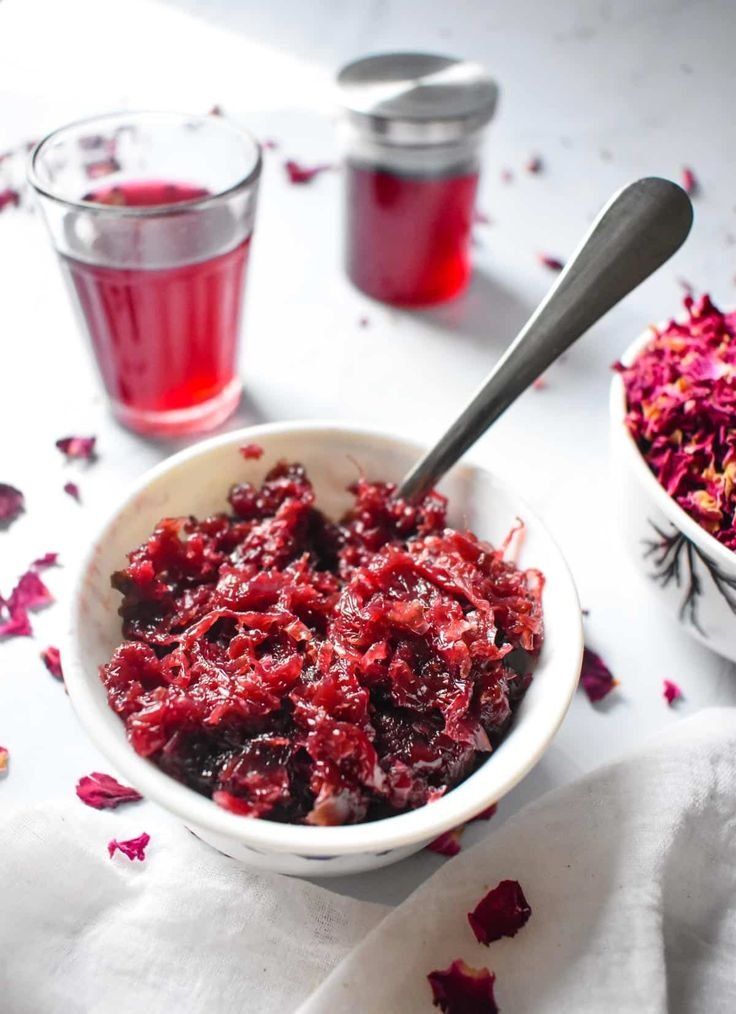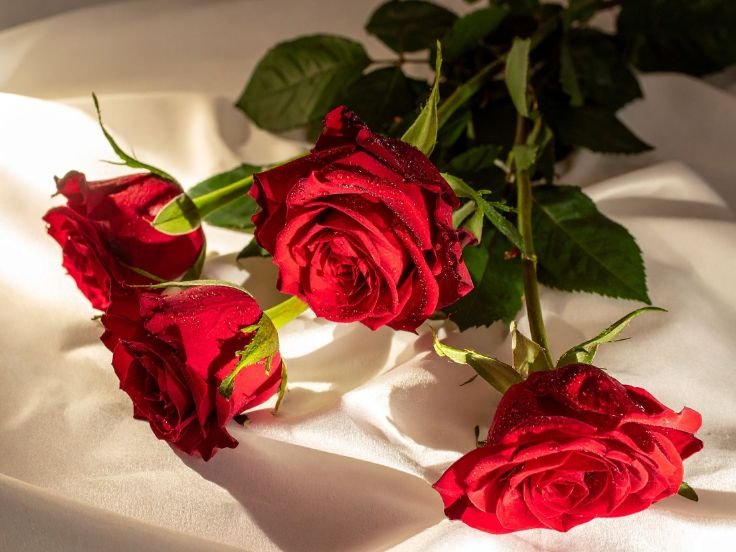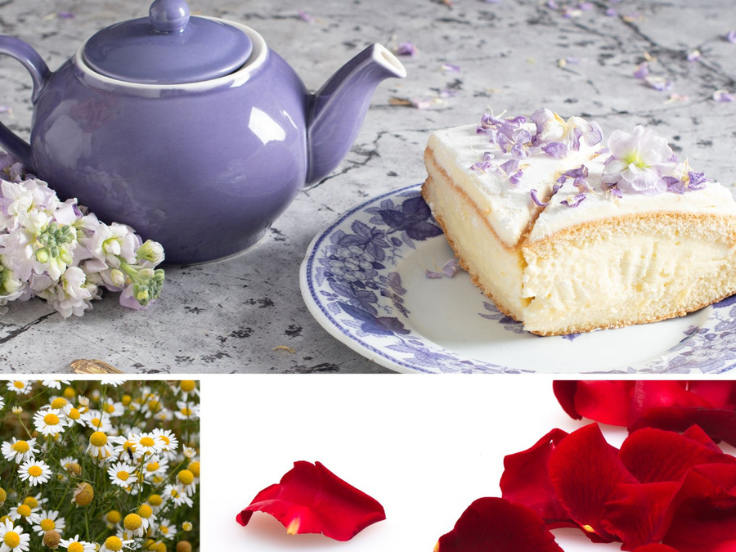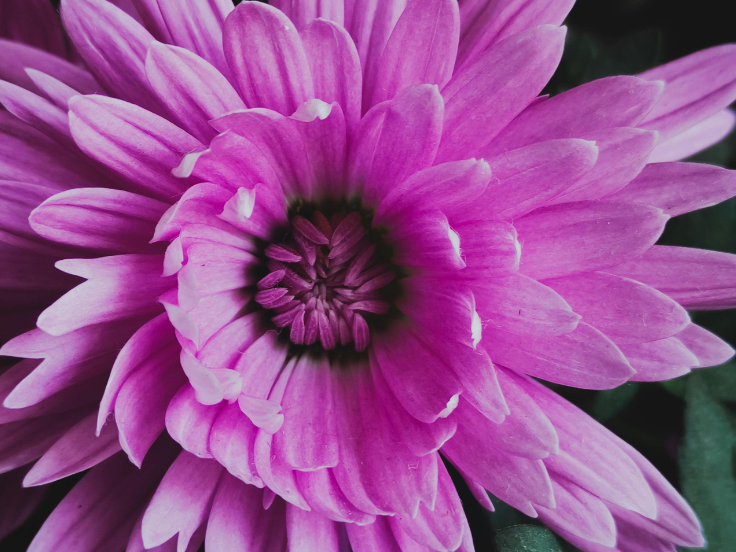From Gardens to Cuisine: Edible Flowers in Indian Dishes
India’s culinary world is just as diverse as its culture, with a rich variety of ingredients that include edible flowers. These florals’ purpose is not only to improve the aesthetics of the dishes, but also to provide nutritional benefits and unique flavors. Let’s delve into some of these creative and flavorful additions to India’s cuisine.
1. The Marigold Flower
Indian festivals and gardens often employ the ever-vibrant marigold, which is more than just your typical decorative floral. In conventional dishes in India, you can employ both the gold petals of the flower and the dark green leaves that come with the flower in culinary applications. People use marigold petals to enhance the color of their dishes. Salads, soups, and rice dishes often incorporate marigold petals. Marigold petals have a mildly tangy taste that can brighten up any dish. The food industry uses marigolds as a natural dye to give cheese and butter a more appealing yellow. Specific teas also use dried flowers to improve their visual appeal. They also reportedly possess antioxidant and anti-inflammatory properties.
2. The Jasmine Flower.
In addition to its enchanting scent, Indian dishes incorporate jasmine florals. South India adds jasmine petals to desserts and rice dishes to infuse them with a delicate fragrance. People also use jasmine to enhance the flavor of frozen dairy desserts, beverages, baked goods, candy, puddings, and gelatin. Jasmine not only delights the senses but also offers a variety of benefits, including a calming effect and aiding digestion.
3. The Hibiscus Flower
India frequently uses hibiscus flowers in cooking due to their vibrant red color, tangy taste, and striking appearance. People commonly use them in herbal teas, and occasionally incorporate them into salads and curries. Hibiscus is a common ingredient in many traditional dishes, including chutney, gojju, and tambuli. A traditional coastal Karnataka dish, tambuli is a thin yogurt-based stew created by pulverizing an herb, vegetable, green, fruit, or spice with coconut and chilies, then combining it with buttermilk and topping it with a straightforward tempering. Even Hibiscus tea, which has enormous benefits, is very popular these days. People enjoy its fruity flavor, whether it is cold or hot. Hibiscus dosa is an incredible dish that combines the health benefits of dosa with the goodness of hibiscus to provide a nutritious meal. Hibisucus is also rich in antixodiants and Vitamin C, as well as being known to support the heart and lower blood pressure.
4. The Pumpkin Flower
Pumpkin florals, also called kaddu ka phool, are common in India’s cuisine, especially in dishes like fritters, also known as bhajis and curries. These florals have a mild and slightly sweet taste and texture that is delicate in nature. They are full of vitamins C and A, as well as minerals like calcium and potassium.
5. The Rose Flower
Indian dishes also incorporate the rose, renowned for its fragrance and beauty. Rose petals can be used in a variety of dishes, including the famous Gujarati desserts like gulab jamun and incor. In Indian cuisine, rose petals are used to flavor desserts like sweets, ice creams, and beverages infused with rose water. These petals are also used in rose syrup, a popular ingredient in Indian mocktails. These petals provide a subtle sweetness and an amazing fragrance. Roses are also famous for their anti-inflammatory and digestive benefits.
Nutritional Uses and Benefits
India’s cuisine uses edible flowers not only for their visual appeal but also for their nutritional benefits. Many flowers are rich in vitamins and antioxidants, as well as medicinal properties that support overall health. Incorporating these flowers into your diet can provide unique flavors and enhance your meals’ nutritional profile.
From garden to plate, edible flowers add a touch of elegance and health benefits to Indian dishes. Whether you’re garnishing a dish or integrating flowers into your cooking, these blooms offer a fresh and flavorful way to celebrate nature’s beauty in your culinary creations.
Read more such interesting blogs at Gulmahal




